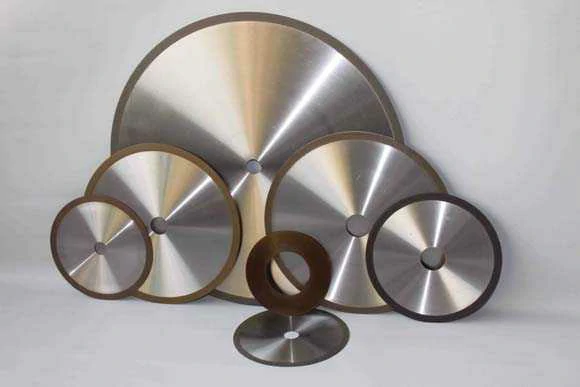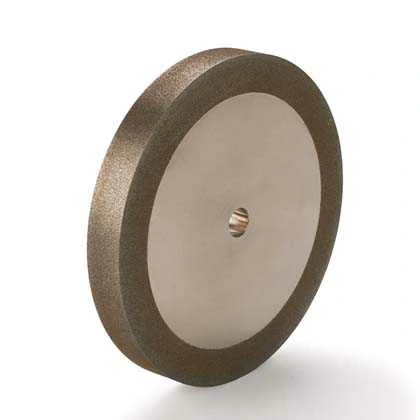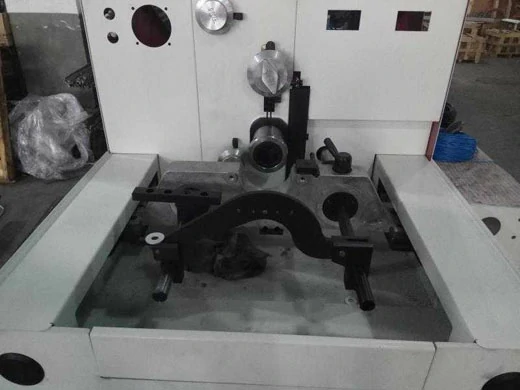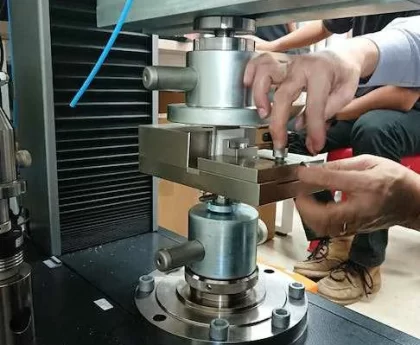Metal bonded grinding wheels are an essential tool in the manufacturing and shaping of hard materials such as glass, ceramics, and semiconductors. Diamond and cubic boron nitride (CBN) are the most commonly used abrasives for these wheels due to their exceptional hardness and wear resistance. Proper dressing of the diamond and CBN metal bonded grinding wheels is crucial to ensure their optimal performance and longevity. In this article, we will explore the importance of dressing these grinding wheels and provide a comprehensive guide on how to dress them effectively.
The Importance of Dressing
Dressing a metal bonded grinding wheel involves removing dull abrasive grains and exposing fresh, sharp ones, which is essential for maintaining the wheel’s cutting ability and minimizing heat generation during the grinding process. Without proper dressing, the abrasive grains on the wheel’s surface become blunt and ineffective, leading to poor surface finish, increased grinding forces, and shorter wheel life.
Regular dressing also helps to maintain the wheel’s geometric shape and integrity, preventing it from becoming distorted or out of balance during operation. Furthermore, dressing ensures that the wheel runs true and concentric, reducing vibration and chatter during grinding, which is crucial for achieving precise and consistent workpiece dimensions.

Methods of Dressing
Several methods can be used to dress diamond and CBN metal bonded grinding wheels, each with its own advantages and limitations. The choice of dressing method depends on factors such as the wheel’s size, shape, and the specific grinding application. The most common methods include:
Rotary Dressing
Rotary dressing involves using a rotating diamond dressing tool to remove bond material and dull abrasive grains from the wheel’s surface. This method is suitable for large, complex-shaped wheels and offers precise control over the dressing process. Rotary dressing can be performed in-process, where the dressing tool is brought into contact with the grinding wheel while it is still mounted on the machine, or offline, where the wheel is removed for dressing.

Stationary Dressing
Stationary dressing, also known as single-point dressing, utilizes a stationary diamond dressing tool to remove bond and abrasive material from the wheel. This method is well-suited for smaller wheels and simpler shapes. Stationary dressing is often used for precision dressing of high-precision grinding wheels to achieve intricate profiles and surface finishes.
Roller Dressing
Roller dressing involves a rotating roller with multiple diamonds that traverse across the width of the grinding wheel. This method is effective for maintaining the wheel’s cylindrical shape and is commonly used for continuous dressing of large, straight grinding wheels in industrial production settings.
Factors to Consider
When dressing diamond and CBN metal bonded grinding wheels, several factors should be taken into consideration to ensure effective and efficient dressing.
Wheel Speed and Direction
The speed and direction of the dressing tool relative to the grinding wheel are critical factors. It is essential to match the rotational speed and direction of the dressing tool to the grinding wheel to prevent damage to both the wheel and the dressing tool.
Dressing Depth
The depth of cut during dressing determines the amount of bond and abrasive material removed from the wheel. Careful consideration of the dressing depth is necessary to achieve the desired wheel topography and cutting efficiency.
Dressing Feed Rate
The feed rate at which the dressing tool traverses across the grinding wheel surface affects the aggressiveness of the dressing process. A higher feed rate results in more aggressive dressing, whereas a lower feed rate allows for finer control and precision.
Dressing Tool Condition
The condition of the dressing tool, particularly the diamond or CBN grit, is crucial for effective dressing. Worn or damaged dressing tools can result in poor-quality dressing and premature wear.
Best Practices for Dressing Diamond & CBN Metal Bonded Grinding Wheels
To achieve optimal results when dressing diamond and CBN metal bonded grinding wheels, it is essential to follow best practices throughout the dressing process. Here are some key guidelines to consider:
Inspect the Wheel
Before initiating the dressing process, thoroughly inspect the grinding wheel for any signs of damage, such as cracks or uneven wear. Using a damaged wheel for dressing can result in further deterioration and compromised performance.
Choose the Right Dressing Method
Select the most appropriate dressing method based on the wheel’s size, shape, and the specific requirements of the grinding application. Consider the advantages and limitations of each method to determine the best approach for achieving the desired results.
Use Coolant or Lubricant
Applying a suitable coolant or lubricant during the dressing process can help dissipate heat and prevent the buildup of swarf, resulting in a cleaner and more efficient dressing operation. Additionally, coolant/lubricant improves the overall surface finish of the dressed wheel.
Monitor Dressing Conditions
Continuously monitor the dressing process to ensure that the dressing tool is operating at the correct speed, feed rate, and depth of cut. Make necessary adjustments as needed to maintain optimal dressing conditions.
Inspect the Dressed Wheel
After the dressing process is completed, carefully inspect the wheel to ensure that the desired wheel profile and surface finish have been achieved. Address any issues or discrepancies before putting the wheel back into service.
Maintain Dressing Tools
Regularly inspect and maintain the dressing tools to ensure that the diamond or CBN grit remains sharp and in good condition. Replace worn or damaged dressing tools promptly to avoid compromising the quality of the dressing operation.
Properly dressing diamond and CBN metal bonded grinding wheels is a critical aspect of maintaining their performance, dimensional accuracy, and surface finish. By understanding the importance of dressing, choosing the appropriate dressing method, considering key factors, and following best practices, manufacturers and operators can maximize the efficiency and longevity of their grinding wheels. Effective dressing not only enhances the grinding process but also contributes to the overall quality and precision of the finished workpieces.
.webp)




